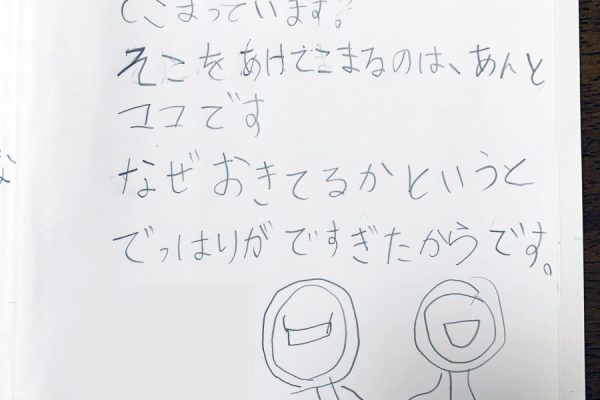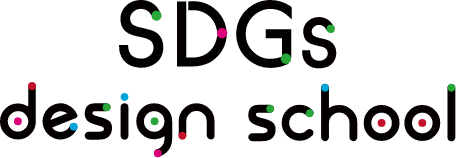
2020.May
SDGs Design School Stay@Home
Text: In the spring of 2020, schools across the country were closed in order to prevent the spread of coronavirus. In response, the SDGs Design Unit presented an online educational program for elementary school students entitled SDGs Design School Stay@Home working with the theme: “Let’s design an even better Stay at Home experience with things we have in the house!” The aim of the program was to help children develop the ability to find problems and come up with solutions on their own using familiar materials.
[Participants]
Three elementary school students and their guardians
[Instructors]
- Kyushu University SDGs Design Unit
- Assistant Professor Loh Wei Leon (Faculty of Design, Kyushu University)
- Lecturer Zhang Yanfang (Faculty of Design, Kyushu University)
[Program]
During the four-day program, we used question cards, which are one of the SDGs Design School’s educational tools. The children answered each question on the cards as they discovered problems on their own and thought up or created ideas for solutions. Every day during the program, students turned in their homework for that day to the teachers by 4:00 p.m. On the final day, we held presentations where they proposed designs using things they have in the house that would make it easier to spend time at home.



Day1
Q: Find one problem that occurs in a place that is familiar to you
The children looked for problems in their homes that were bothering them or their families. When a problem was found, they took pictures or drew the problem, and sent these to the teachers.
Q: Explain the problem you found
What is causing the problem? Who is it bothering? The homework for Day 1 was to explain the problem they discovered in a way that is easy for others to understand.
Day2
Q: What is the most important thing about solving this problem?
We narrowed down the focus. For example, what would change if you solved the problem? What do you want to achieve by solving it?
Q: What are the implications of solving the problem?
The question was considered from various angles. For example, who would be affected if it was solved?
Day3
Q: Design an idea to solve the problem
The students came up with ideas to solve their problems. Each was assigned a homework task to come up with three ideas.
Day4
Q: Build a model or prototype that solves the problem
The students chose one of the three ideas and built a prototype for their presentations. The materials were limited to things they have at home.
[Date and time]
Monday, April 27th, 10:00–10:30 a.m.
Tuesday, April 28th, 10:00–10:30 a.m.
Thursday, April 30th, 10:00–10:30 a.m.
Friday, May 1st, 10:00–10:30 a.m., 3:30–4:00 p.m. (Presentation)
A total of four days.
[Tools used]
Zoom
The daily program was conducted via online video conferences on Zoom. Each participant accessed the conferences using either a computer, tablet, or smartphone.
Shared folders on Google Drive
Participants uploaded their daily homework in a shared folder. We put the daily assignments from the teachers in the same folder, so things could always be checked.
LINE Group
We created a LINE group before launching the program to be able to immediately respond to any questions or problems during Zoom meetings or throughout the day. The group consisted of the instructors, staff, and the participants’ guardians. Guardians sent problems their children encountered during the program or suggestions for improvement via LINE.



After the conclusion of the program, we received a variety of opinions from the guardians. These included comments such as: “It was a good opportunity to experience design for the first time. We learned to value the process of thinking, not just making;” “If we had left things up to the motivation of just one child, they would have gotten stuck at the final idea development stage. As a parent, I was not sure how I should offer guidance;” “It was hard to expand on ideas.”
The program explored the possibilities of online education under the many limitations imposed by the coronavirus. The participating children were able to form and communicate their ideas and suggestions cleverly using materials found at home, such as cardboard and Lego.
The SDGs Design School will continue to develop and research educational programs and tools to solve SDGs through design. We hope that the coronavirus will be contained soon, and that children will able to receive a broad-ranging education.
Date: April 27th- May 1st, 2020
